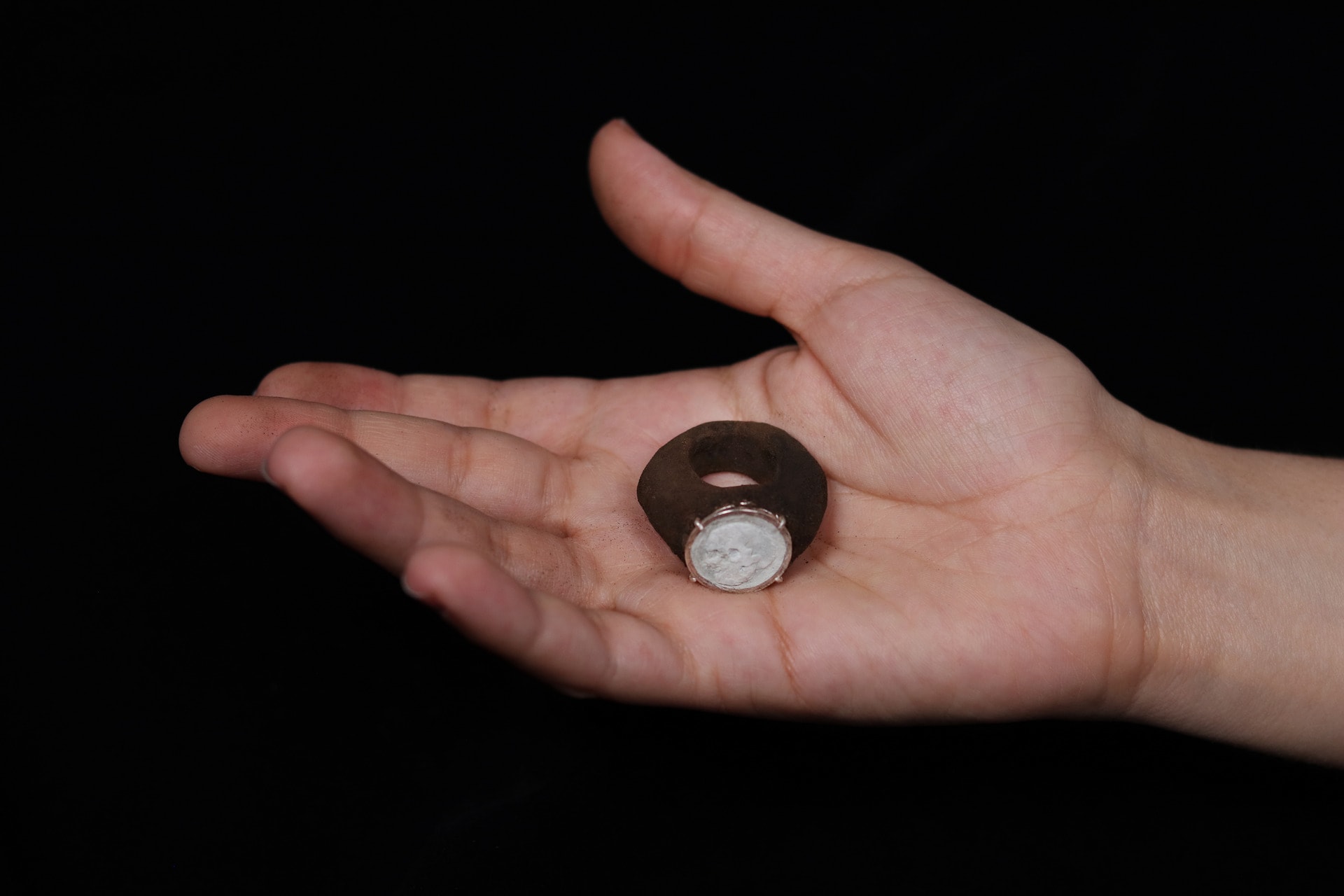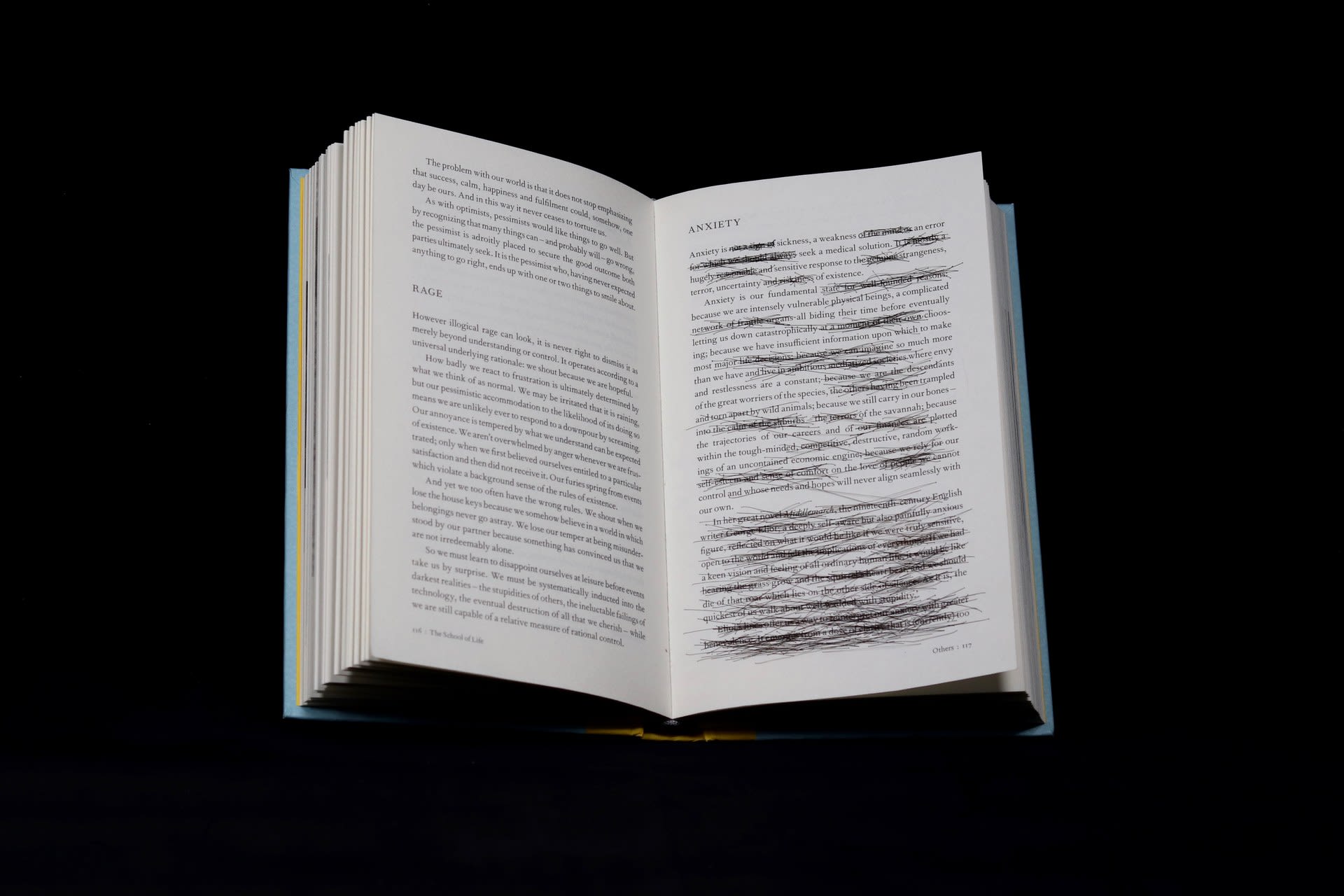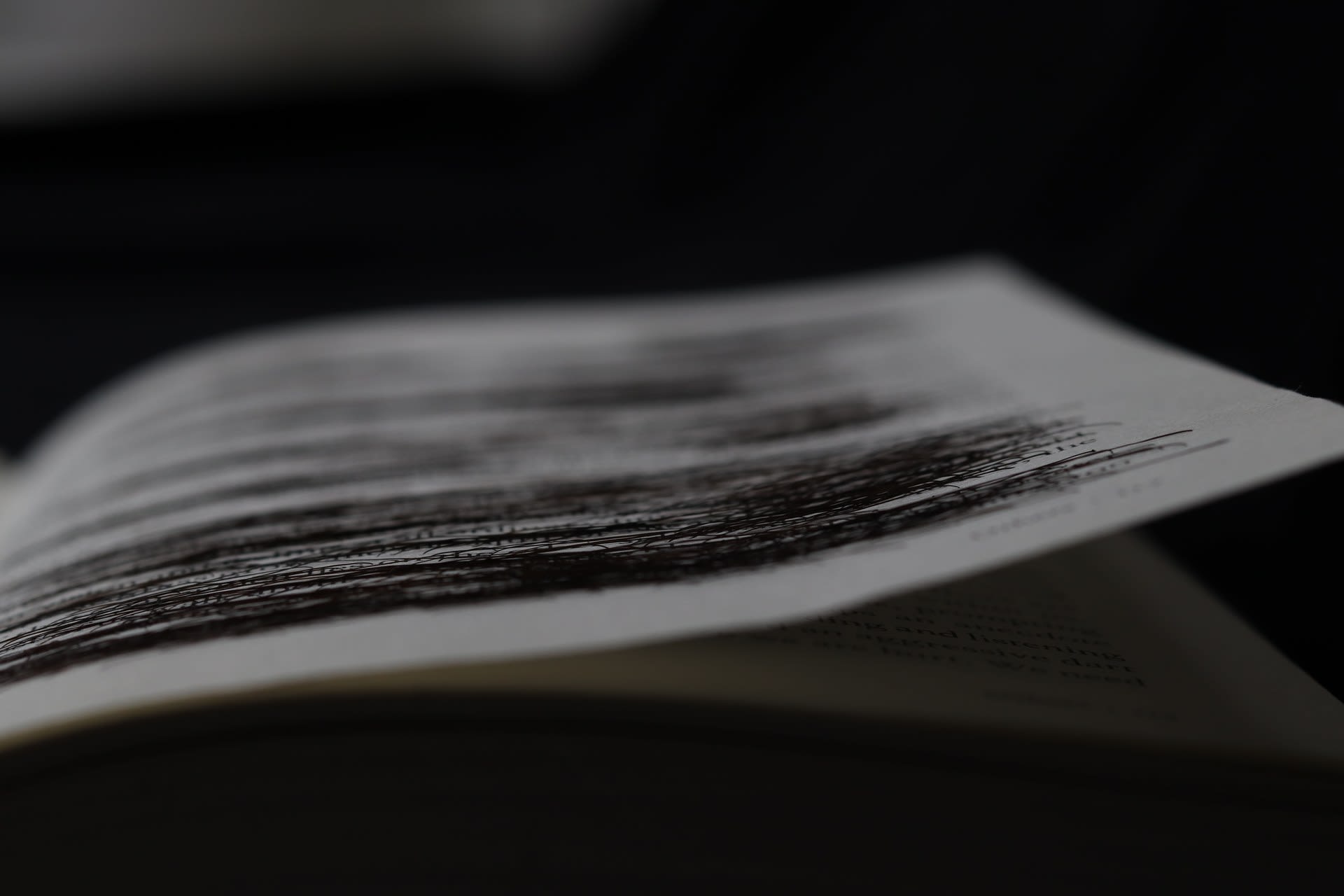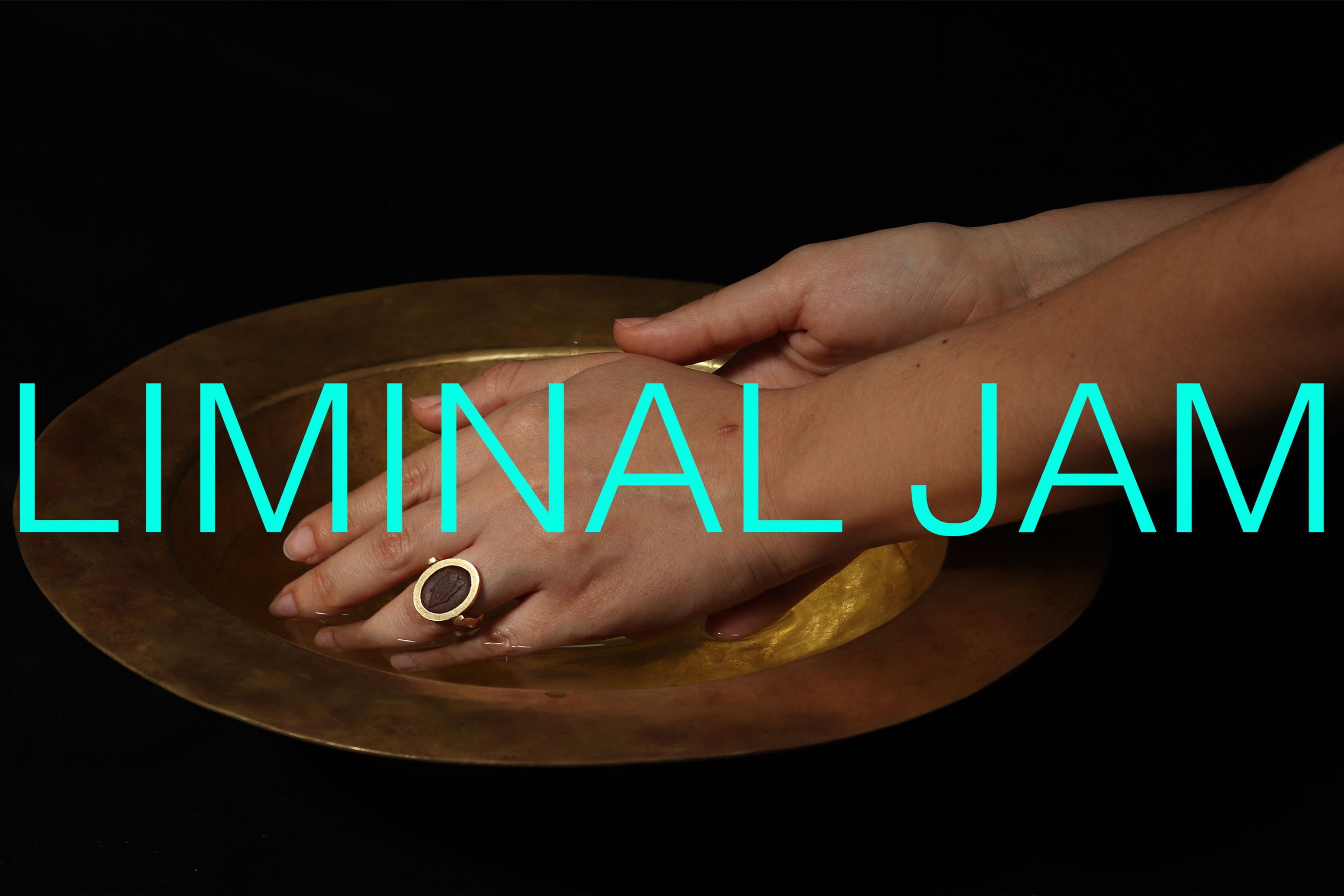When I heard there were bones washed up on the foreshore of the Thames, I descended by the entrance near the Battersea campus. Collecting them felt to me like saving them from wandering forever in the river. Not only is the Thames and what wanders in it rich in history from centuries of trade and city life, but the key is that it is also tidal. Each low tide becomes a window, with different treasures to be revealed, then their fate is to be buried or move along.
Collecting the bones of animals discarded by centuries of East London butchers felt like a ritualistic act. Taking them and cremating them, breaking them down and sieving them into fine powders that can be reassembled and sculpted, moulded, carved, felt like a new life. Many don’t like the idea of burial for that reason – like the bones wandering the river, it feels like a prolonged death.
Separating the colours achieved in the kiln into their own vials, I felt like each one was its own precious pigment, each vial the colour of a soul, or an aura, in some way.
I knew the bone had to return to the Thames. I saw the Thames as the river Styx in Greek mythology, a river of souls to cross into the afterlife, so I wanted the ring to contain a Charon’s obol. A Charon’s obol is the payment you give the ferryman (Charon) to take you across to the afterlife. In my piece, the skull cameo acts as an obol, and its washing away signifies not only that the fee is paid but also that the ‘soul’ can now scatter and travel. The rest of the ring, coated in bone ash, is washed away by the small waves of the foreshore, leaving behind a skeleton of a ring. A ghostly cameo in thin silver wire, reminding us of the process and fluidity of life and death, but also acting as another obol in itself, as a return fee from the river for rebirth.


![[untitled]](https://res.cloudinary.com/rca2020/image/upload/f_auto,h_1280,w_1920,c_fill,g_auto,q_auto/v1/rca2021/60c4f750a98c7847e5c634a6-284751?_a=AXAH4S10)

![[untitled]](https://res.cloudinary.com/rca2020/image/upload/f_auto,h_1280,w_1920,c_fill,g_auto,q_auto/v1/rca2021/60c4f750a98c7847e5c634a6-969051?_a=AXAH4S10)
![[untitled]](https://res.cloudinary.com/rca2020/image/upload/f_auto,h_1280,w_1920,c_fill,g_auto,q_auto/v1/rca2021/60c4f750a98c7847e5c634a6-628925?_a=AXAH4S10)








![[untitled]](https://res.cloudinary.com/rca2020/image/upload/f_auto,h_1078,w_1920,c_fill,g_auto,q_auto/v1/rca2021/60c4fef7a98c7847e5d0aa42-101581?_a=AXAH4S10)



